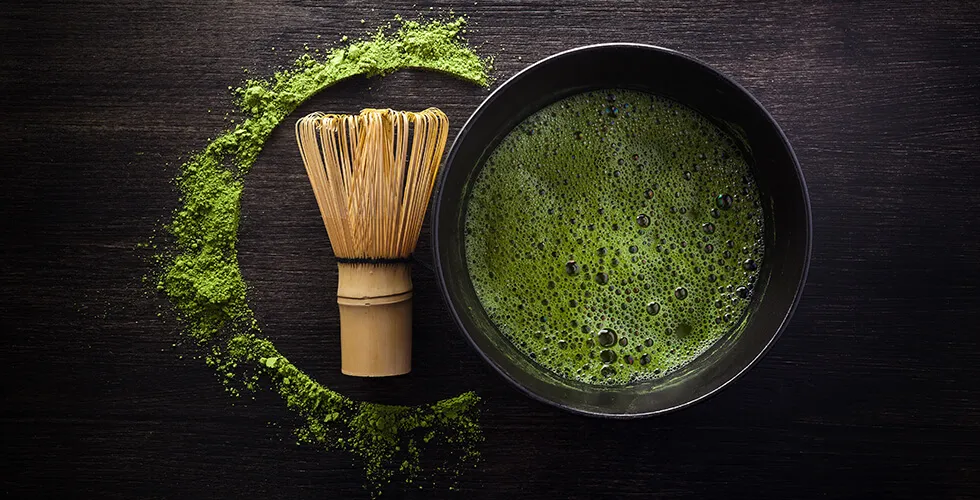
Matcha isn’t just a trendy green powder for lattes and smoothie bowls—it’s a centuries-old superfood with real staying power. Packed with antioxidants, especially a potent catechin called EGCG (epigallocatechin gallate), matcha supports your body in powerful ways.
Unlike regular green tea, matcha is made from finely ground whole tea leaves, which means you’re consuming the entire leaf—and getting more benefits in every sip.
So what makes matcha so special?
It boosts mental clarity without the jitters, thanks to its unique combination of caffeine and L-theanine, an amino acid that promotes calm and focus. It’s also known to support metabolism, aid in detoxification (thanks to chlorophyll), and provide a natural energy lift without the crash.
But not all matcha is created equal. Choosing a high-quality source is key to getting the most out of your cup.
Here’s how to pick the best matcha:
- Color matters. Look for vibrant, rich green powder. Dull or yellowish matcha usually signals poor quality or oxidation.
- Origin counts. The best matcha typically comes from Japan, especially regions like Uji or Nishio, known for strict farming and harvesting practices.
- Go for “ceremonial grade” if you’re drinking it straight. It’s made from the youngest, most tender leaves and has a smoother flavor.
- Check for third-party testing. Since tea leaves can absorb heavy metals, it’s wise to choose brands that test for purity.
Matcha can be a simple yet powerful upgrade to your daily wellness routine—just be sure to choose the right source for the cleanest, most effective boost.

